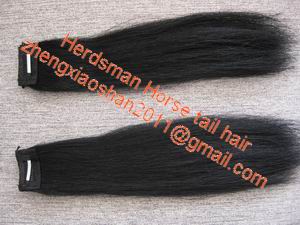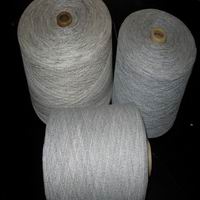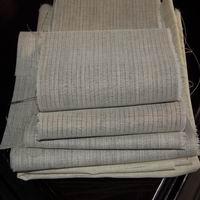Grooming the American Show Horse
![]()
Trimming the hairs along the coronary band of the hoof can really neaten up a horses appearance for a show! However, there is one problem with this practice:
. No, the tail should not be braided. This is because braiding can cause a stiff tail carriage, which is undesirable for a dressage horse in particular. According to Fdration Equestre International (FEI) guidelines.
. The hair along the coronary band can look unsightly especially in the winter, but it actually has a function! It protects the periople band, a part of the hoof that actually helps moisturize it. So, it may look nice, but keep in mind that you may be asking for brittle hooves - use lots of hoof dressing!
. Roaching a mane can be very advantageous in showcasing a very refined, athletic neck on a horse. It is normally done by scissoring or clipping the mane down almost to the skin, and then running over the remaining hair with fine clippers.
![]()
When showing in Fdration Equestre Internationale Dressage, continental and French braided manes are not acceptable.
![]()
Under United States Equestrian Federation breed regulations, Arabians may be shown with a lse tail or tail switch.
. Actually, false horse tails the bib clip only includes the throatlatch, underside of neck, and belly (to just behind the girth). The bib clip is generally used in colder weather, to alleviate sweating in the most common areas, but to leave the horse with most of its protection from cold and precipitation.
. Baroque horses are shown as per breed standard with long, full, flowing manes and tails. Manes and tails MUST be carried naturally and lse tails may not be used. These horses should be shown without ANY alterations. Feathers on Freisians should never be shortened or clipped. Continental braids in manes are fine. United States Equestrian Federation (USEF) guidelines.
![]()
According to the United States Equestrian Federation, when showing Arabian halter horses, substances may be applied to the coat to alter the color, in small quantities (eg white powder on white markings).
Under United States Equestrian Federation regulations, the Three-Gaited American Saddlebred shows with a:
Did you find these entries particularly interesting, or do you have comments / corrections to make? Let the author know!
![]()
. Warmblood inspections do not require braiding the tail - in ct the tail should always be left unbraided. However, the mane and forelock should be braided to offer a better view of the neck - stallions are permitted to have their forelocks left loose. American Warmblood Society (AWS) regulations.
![]()
![]()
![]()
![]()
. Button braids are more common in Europe. Typically in North America we only see them in dressage and jumping, whereas hunter classes have their own braiding style. This is notGrooming the American Show Horse a rule, it is more of a style or preference.
. The reining horse should be shown immaculately groomed,horse hair keychain with a flowing, natural mane and tail and a shiny, slick coat. White markings should be clipped and should not be yellowed. This is a world-wide standard as well as a USEF standard - you will not be disqualified or even docked points if your horses mane and tail are not long and full, but all serious competitors adhere to these expectations.
. Booting up is done by clipping against the grain of the hair, usually with a 10 blade. It serves to make white marking easier to clean and also makes them appear to pop in the show ring.
. The mud knot was originally used for hunters and carriage horses. It is acceptable in the hunter or hunt-seat equitation ring during rainy weather, and can also be used to accentuate a well put-together set of hindquarters.
![]()
![]()
. According to the United States Equestrian Federation, Arabian halter horses are always shown with natural coloring. No sprays, powders, or other products may be used to whiten markings, cover scars, hide sun-bleaching, etc. Arabian halter horses are also not permitted to show with a lse or set tail.
. For a very long mane, especially on a Baroque-type horse (ex. Friesan), it is acceptable to braid the mane in either of these two options instead of pulling and normally braiding the mane. These are Fdration Equestre Internationale (FEI) guidelines.
Baroque-type horses (Friesian, Andalusian, etc.) may show with: (United States Equestrian Federation guidelines.)
![]()
![]()
. Arabians, under the USEF breed regulations,Horse hair fabric-No.48-Herdsma, are NOT permitted to show with a lse tail or tail switch in any division.
. Yes, biotin can help with that desirable show-ring shine and those nice, healthy hooves! In ct, a nutrient deficiency in any area can prevent your horse from being in top shape.
![]()
. The Three-Gaited American Saddlebred shows at the highly collected animated walk, the park trot, and the canter. All three gaits should be performed expressively, and should be very dynamic. United States Equestrian Federation (USEF) guidelines.












